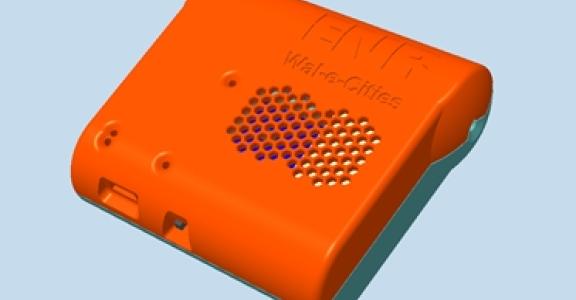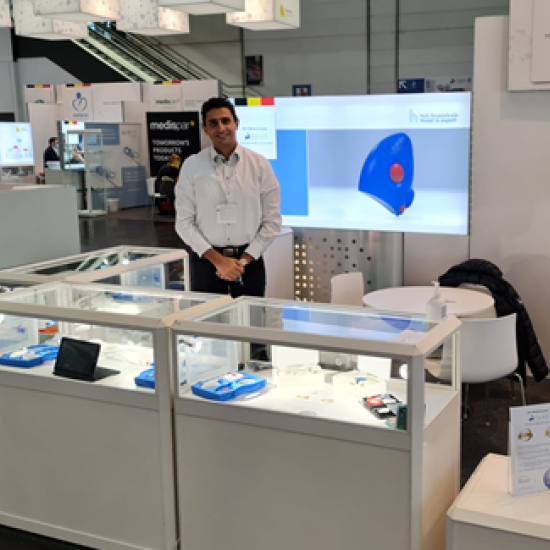What is the influence of indoor air quality in the working environment on the performance and health of employees? Can this quality be improved in the fight against, for example, COVID-19 and for a safer and more productive working environment? We did our own research at our own premises and came up with some interesting findings.
Air quality is an important factor for the performance, concentration and even health of people during the performance of their work. The need to ventilate rooms is often underestimated and neglected, while creating a safe and productive environment for workers is a priority. Within this framework, the ERDF project Wal-e-Cities ENR focuses on monitoring indoor air quality through values such as CO2, temperature, humidity and VOC in the rooms visited by sensor users. The sensors and the network of beacons developed within the project are functional and needed to be tested in real conditions. Sirris made its premises in Seraing available for this purpose.
Triple test
The test goes as follows: the user wears the sensor during his working day. The air quality readings are correlated with the position in the building thanks to Bluetooth low energy beacons placed in relevant rooms. The test was conducted at Sirris in an office space, the cafeteria and a lab for 3D printing. The results were analysed afterwards. The user's location during the day was known and was summarised in a timeline containing the relevant events, so the data could be processed and the air quality in the three rooms analysed.




